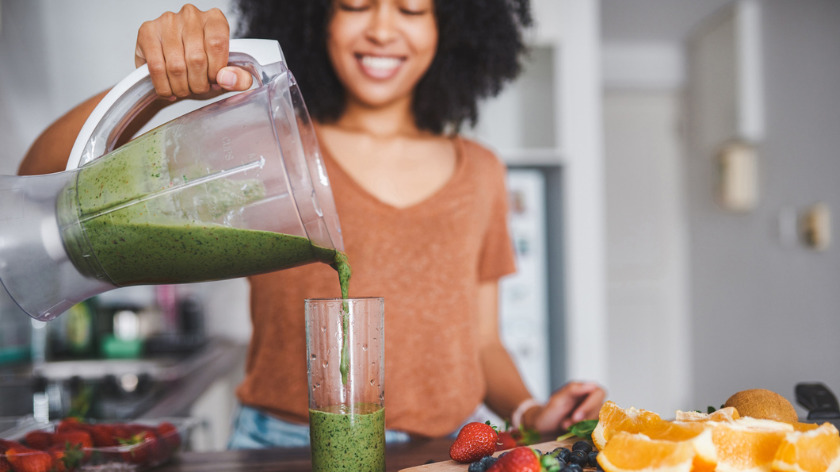We’re not going to pull any punches – our food landscape is a hot mess. Whether we are grocery shopping for our families or just trying to grab a quick lunch, we’re bombarded with a firehose of messages, claims and information about why this food or why not that food. Although the information overload can be confusing, the foods you need to fuel your mind and body are simple.
Let’s use an engine analogy. Like an engine, your body does work. Keeping you alive every day is the most important work your mind and body do, but our bodies also do other work like moving us around and lifting and carrying things. So, just like an actual engine that needs fuel, your body needs fuel, and we fill up our tanks by eating food.
You have no shortage of choices when it comes to fueling your body, but there are some technical elements you should know. All food is always some combination of three macronutrients: carbohydrates, protein, or fat. Food can be 100% of one of these or any combination of the three. On the other hand, micronutrients are the vitamins and minerals you might see on food labels. Most of your bodily functions need these micronutrients to perform, but they do not provide any energy—only carbohydrates, proteins and fats have calories.
It probably will not be a surprise to anyone that, as a country, we have plenty of calories available. The high rates of overweight and obesity we experience are partially because of such high availability of calories. Because of this, ensuring you eat enough calories is not really part of the problem of fueling your body. Even if you are forced to skip a meal or two because of work and life demands, week in and week out, nearly all of us will still get “enough” calories to keep us going. It’s where those calories come from that’s important.
To your body, a carb from a slice of white bread is the same as a carb from a slice of rye bread. The difference is that rye bread has a lot more micronutrients—most importantly dietary fiber—compared to white bread. Choosing foods that are less processed or not processed at all can help ensure you are getting not only the calories you need but also the nutrients that help your body perform at its best.
With our food landscape being such a mess, however, it can be a real challenge to get the best foods for us. When you are on the go, the available options are less than ideal. Or when you’re in a rush, processed foods that are pre-packaged or frozen meals you can put in the microwave are the ultimate convenience. Sometimes, these are your only options! That’s okay. Trying to eat a perfectly balanced meal that a dietitian would be proud of every single time you eat is unrealistic. Try to make the best choices you can in whatever situation you find yourself in, and don’t be too hard on yourself. Grabbing a piece of fruit alongside your meal is a win!
With a PhD in Exercise Physiology, Jonathan Dugas spends his days thinking about how we can help more people be more active. With four Ironman finishes and 13 marathons and counting, he’ll see you out on the road.






